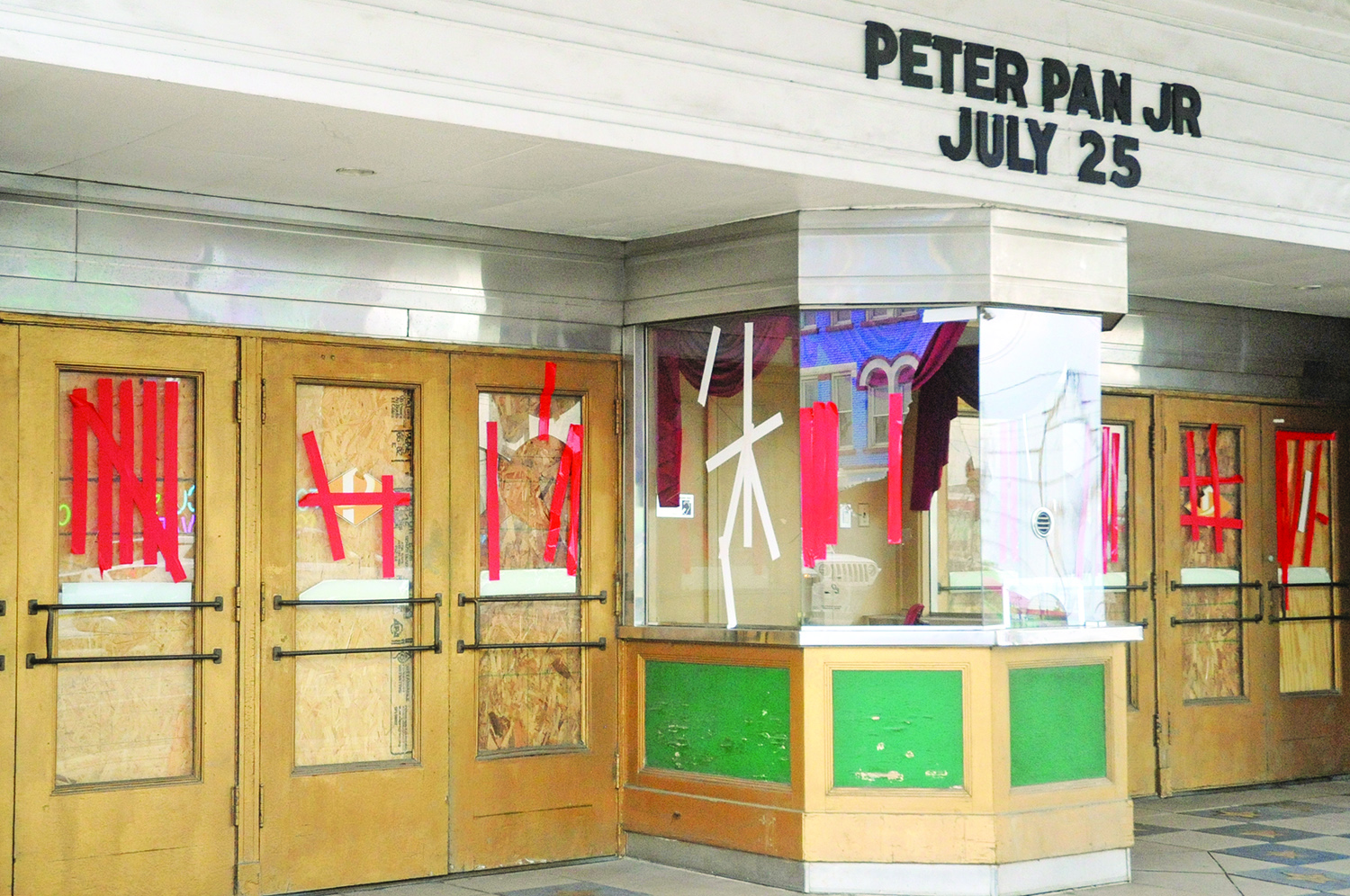Coalition finds friendly may be the enemy
Published 12:00 am Tuesday, March 25, 2003
NEAR KARBALA, Iraq (AP) - U.S. and British forces speeding through the Iraqi countryside on the way to Baghdad are facing a classic problem for soldiers fighting guerrillas: Who's the enemy?
In southern Iraq, troops of the U.S.-led coalition have encountered seemingly friendly civilians who suddenly pull out guns and open fire. Outside the city of An Nasiriyah, Iraqi soldiers approached U.S. troops as if to surrender, then went on the attack, killing nine U.S. soldiers in the most devastating battle so far in the war.
U.S. Army troops outside this Shiite Muslim city, preparing the assault on Baghdad, are running into other tactics that make it hard to distinguish between friend and foe: trucks parked in farm fields that may or may not have mortars hidden inside, and attackers in civilian garb who melt away into nearby villages.
Trending
Army officers are blaming some of these attacks on a group of loyalists to Saddam Hussein called the al-Quds Brigade, which was in theory founded to liberate Jerusalem - al-Quds is the Arabic name for the city - but has grown into a vast paramilitary force.
''The al-Quds are all along this area, dressed like civilians and driving civilian vehicles and they come out at night,'' Lt. Col. Philip DeCamp, commander of the 4th Battalion, 64th Armor Regiment, told his officers Monday. ''The al-Quds are madmen, taking over people's houses and making them get out.''
DeCamp noted how on Saturday night, militiamen used a commercial area to stage guerrilla attacks on U.S. Army tanks, but when the tanks advanced just a few hundred yards, they were suddenly in a civilian neighborhood, with women and children coming out of houses at dawn to see the advancing American troops.
''It's hard - isn't it? -figuring out who's friendly, who's not, who's a bedouin, who's not, who to hose, who not,'' DeCamp, who was a tank company commander during the Gulf War, said to younger soldiers.
Staff Sgt. Bryce Ivings, the master gunner for A Company, 3rd Battalion, 7th Infantry Regiment, worried that after serving in Kosovo, many of the troops were still thinking like peacekeepers. In Kosovo, they were more like police, but in Iraq, they must be more aggressive, he said.
Since Sunday's deadly ambushes, U.S. forces have regarded Iraqis warily.
Trending
''This means we will get more watchful. We sent out a whole squad to take down those two people,'' said Marine Cpl. Clint Bagley, 21, of Shreveport, La., gesturing toward the road where two Iraqi civilians were walking under a while flag and about 10 Marines were running to intercept and search them.
Civilians are made to lie down in the road, and when the Marines are convinced that they are no threat, they are let go.
In general, Bagley said, ''If they are holding a white flag, and are holding a gun, that's ROE (rules of engagement). We shoot.''
On Monday, Marines on the road to Baghdad forced some Iraqi men out of their vehicle, questioned them, and shoved them down onto the rocky sand - slashing their tires to ensure they would not tail a convoy again any time soon.
''It felt great when we came in, with the crowds waiting and smiling. Now you wonder what's behind those smiles - and what lies behind those crowds,'' said Lt. Col. Michael Belcher of the 1st Marine Division. ''It's tough to win over their hearts and minds now, when you have to hold them at arm's length.''
On Monday, the 2nd Brigade of the Army's 3rd Infantry Division came under mortar fire outside Najaf. The troops went through a lengthy exercise to try to protect themselves against further attack without accidentally turning on civilians.
Radar identified the area where the fire came from, and scouts were sent to check out nearby several pickup trucks with men around them to see if they had fired the mortars.
U.S. warplanes overhead spotted no weapons, and the pilots asked the scouts if they saw any ''hostile intent'' that made the pickups legitimate targets. The scouts said no, the Iraqis were just standing around their pickups in a farmer's field.
The convoy of tanks and Bradley fighting vehicles was then ordered forward, and a few hours later some supply trucks came under mortar fire from the same area.
The officers wound up debating whether their decision not to hit the trucks had been right or wrong. But they decided the rules of engagement applied: Unless a target is clearly military or hostile, troops must hold their fire.





